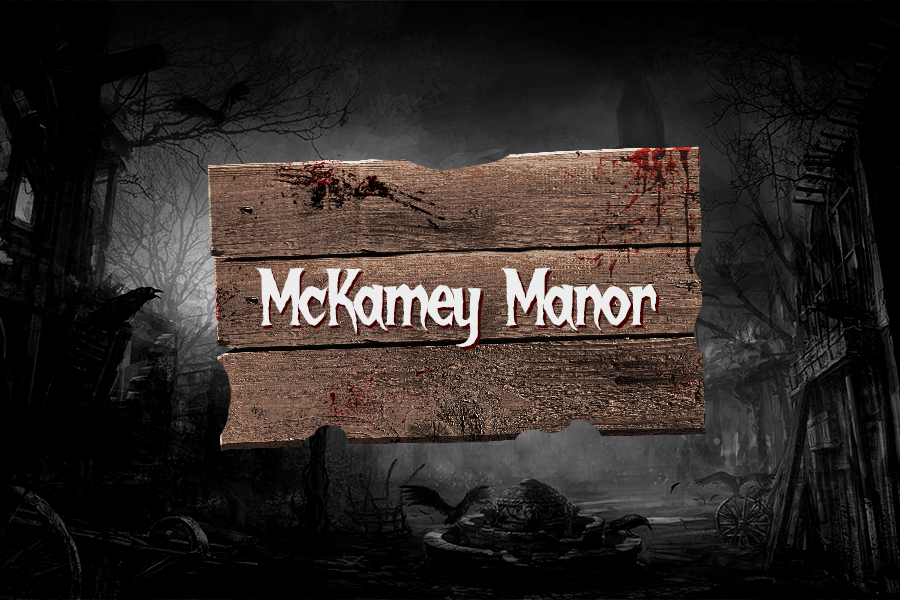How Far We’ve Come: A look into the evolvement of mental health care
May 10, 2021
Usually, I would make some snide comment about how schools should have been able to prioritize students’ mental health before a global pandemic, but this article is instead to appreciate the huge advances we have made. Over the past year schools have really stepped up their game when it comes to the mental well-being of their students. Hopefully, this increased focus will stick around even when things return to “normal” in the world. For now, I applaud everything school systems across the country has done to aid students through this life-changing experience of a pandemic.
May is Mental Health Awareness Month and has been “celebrated” during this time in the United States since 1949. However, it needs to be noted that a lot has changed in regard to the way we view and treat the mentally ill since then. Up until the 1970s, many doctors believed that recovery from a mental illness was not possible, according to the American Psychological Association (APA). Since then, so many medical breakthroughs have been made, causing a shift in the way both the medical field and the world view mental illnesses.
Beginning in the 1950s, a mental health movement started with a call to asylums to halt the use of chains and shackles on patients, according to Mental Health America. In 1977, President Carter established the President’s Commission on Mental Health, which was the first comprehensive mental health survey since the 50s. 1985 brought about the passing of the Protection and Advocacy for the Mentally Ill Act. The turn of the century brought awareness to the problem with the mental health stigma in our schools. As a focus on the mental health of students spread across the country, people began realizing how much of a problem we really had on our hands. 78% of LGBTQ+ students were reporting being bullied for their sexual orientation, and this was leading to negative thoughts about themselves. No one should struggle with harmful thoughts about themselves just because of who they are. Self-expression is something we need to nurture, alongside normalizing mental illnesses. Placing a stigma on it only worsens an already bad situation. A survey was also released emphasizing the lack of knowledge that most Americans have about common mental illnesses. According to a survey done by Mental Health America, over two-thirds of Americans knew very little or nothing about bipolar disorder. This is one of the most common mental health disorders, affecting one in every 100 people, so why do so many people not know one bit about it?
Bringing awareness to our ignorance and lack of respect towards the mentally ill will cause the most drastic change. No one wants to be looked down on by anyone else, and if we put it out there that looking after the mental health of everyone is important, more people are going to be more inclined to actually care about it and maybe even do something to help.
Most recently, the Federal Communication Commission (FCC) voted to change the current 10-digit number of the national suicide hotline, to three digits. While this change doesn’t go into effect until July 16, 2022, it is a massive step forward for the mental health movement.
“My hope is that by establishing a government-backed 988 suicide and mental health three-digit dialing code, on par with the 911 dialing code all Americans know for emergencies, we will send a powerful signal that there is nothing shameful about seeking help in times of crisis. That it’s a sign of strength, not one of weakness. We will let people know that they are not alone,” FCC Chairman Ajit Pai said.
By changing the hotline number to a 3 digit number, Pai, along with the FCC and many others, are hoping that more people will be willing to reach out and seek help during times of trouble. This change will help to reduce the stigma around mental illness and hopefully help to encourage reform in American society.
The pandemic has been a major factor in recent changes made concerning mental health. Schools have dramatically stepped it up for students, and for that, I am so incredibly grateful. Even though not every school or place of work is at the same standard for the treatment of the mentally ill or how to help someone struggling with a mental illness, a lot of progress has been made in such a short amount of time, and there’s something to be said for that.





